
Planting a rose in very cold climate
Everything to help him face the winter!
Contents
Roses generally have good hardiness. However, in the coldest and windiest regions, some roses lack the ability to withstand extremely low negative temperatures, sometimes below -20 °C. To plant a rose in montane climate (mainly hardiness zones 4 to 7 in France) and help it thrive, there are a few tips to know: types of rose to favour, planting time, earthing up, winter protection, fertilisation, and pruning. Discover our advice for successfully planting and maintaining your repeat flowering or non-repeat flowering rose in very cold climates!
Which rose to choose?
For growing roses in very cold climates, we recommend prioritising roses that can withstand harsh winters:
- wild roses (Rosa rugosa ‘Roseraie de l’Haÿ’, ‘Hansa’, ‘Rubra’, ‘Alba’, ‘Thérèse Bugnet’, ‘Frau Dagmar Hastrup’, or ‘Blanc double de Coubert’),
- the alba roses,
- gallica roses such as ‘Jenny Duval’ and ‘Tuscany Superb’,
- the moss roses,
- and most landscape shrub roses.

Old rose ‘Cuisse de Nymphe’ (photo Wikipedia), Rose ‘Tuscany Superb’, Rugosa rose ‘Hansa’ and Old rose ‘Chapeau de Napoleon’ (photo Wikipedia)
Regarding climbing roses, here is a selection of the most frost-resistant specimens: the rose ‘New Dawn’, the old rose ‘Ghislaine de Féligonde’, the rose ‘Madame Ernest Calvat’, the climbing rose ‘Madame Isaac Péreire’, the climbing rose ‘Pink Cloud’, and the climbing rose ‘Zéphirine Drouhin’, perfect for montane regions.
Conversely, avoid tea roses (also known as tea-scented roses), hybrid teas (bush roses with large flowers), the Rosa floribunda, Rosa grandiflora, Chinese roses (Rosa chinensis), hybrids of moschata roses (or musk roses), and Noisette roses.
Avoid planting standard and weeping roses, as their aerial grafting point is particularly exposed to the wind. In the coldest regions, there is a high risk of it freezing even if protected by fleece.
Preferably choose “own-root” roses, that is, un-grafted roses. These grow on their own roots and are much hardier than grafted roses.
Grafted roses can be recognised by the grafting point, which is a large swelling at the base of the rose, where the shoots emerge. This bulge is the healing between the rootstock and the scion, both of which come from different roses. The grafting point is the part of the rose most sensitive to cold. If it is not protected, the scion will die and the rootstock will sprout: below the grafting point, shoots will develop, but they will have nothing to do with the variety of the scion. You will no longer have the roses corresponding to the cultivar you chose. It is essential to mound grafted roses in cold regions.
When to plant roses in very cold climate?
In very cold climates, it is preferable to plant roses as bare roots or in clumps from November to March. Potted roses can be planted all year round, with a preference for the period from September to June. From a pricing perspective, it is in autumn that prices are most attractive. Be aware that autumn planting allows the plant to harden against frost. In general, do not carry out any planting during periods of frost, heavy rain, or extreme heat.

Bare root and container roses
Discover other Roses
View all →Available in 0 sizes
Available in 0 sizes
Available in 2 sizes
Available in 1 sizes
Available in 2 sizes
Available in 2 sizes
Available in 2 sizes
Available in 2 sizes
Available in 2 sizes
Our tips for planting and maintaining a rose in very cold climate
Planting
Whether you are in a mild or cold region, the technique for planting a rose is the same. There is only one difference. In very cold climates, you must mound the rose before the onset of severe frost. If you plant your rose very early in the year (February), protect it with a mound for a minimum of 4 weeks, as frost is still a concern during this period.
Mounding
When temperatures drop below -10 °C (generally in November), you need to mound in cold regions for grafted roses, less hardy roses, or recently planted roses. This involves burying the grafting point under a mound of dry soil. This soil should be taken from elsewhere in the garden. Place it next to your rose and bring it over your rose using a hoe to form a mound about 15-20 cm high. This should cover the grafting point and the base of the branches. Peat can also be used for mounding, but due to its intensive harvesting, it is becoming scarce. To protect this limited resource, prefer good garden soil, which works perfectly (do not mound with compost, as it “burns” the plant due to excess nitrogen). Leave the mound in place until March when temperatures rise. You can then spread it out.
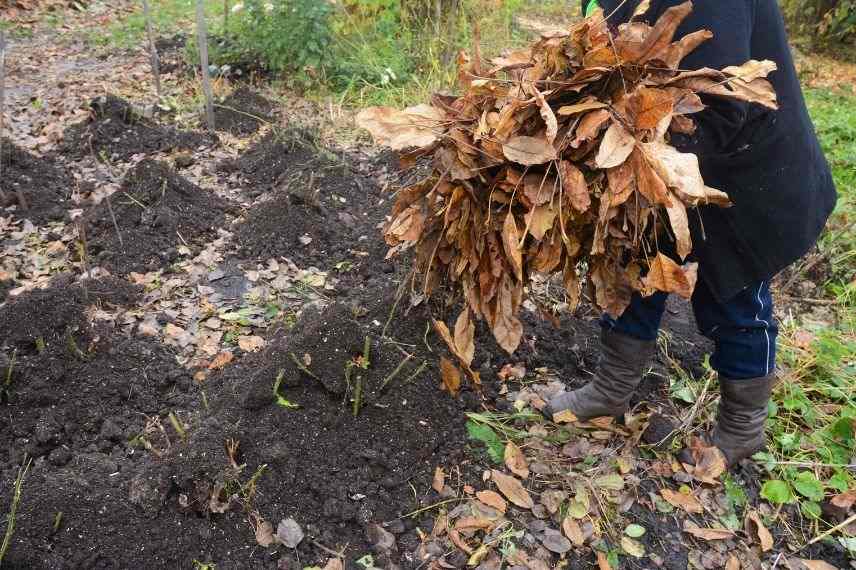
In very cold regions, mound your rose and add a layer of mulch.
Mulching
In addition to mounding, mulching is necessary if the rose is to withstand extreme winter conditions. Do not apply a layer that is too thick; 2 to 3 cm is more than sufficient. Thicker layers can cause slow suffocation of the soil and the decline of microbial flora. You can opt for a fast-decomposing mulch: straw, (healthy) leaves, or dried grass clippings, hemp mulch, flax, or miscanthus. Do not use pine bark, which acidifies the soil, or wood chips that contain tannins that decompose slowly and consume nitrogen. Nitrogen is essential for the rose’s development. At the end of winter, spread the mulch at the same time as the mound in March.
→ Learn more with our advice sheet: How to mulch roses?
Winter Fleece
The winter fleece is essential if you cannot store your potted roses away from the cold. The fleece should be applied as late as possible in autumn/winter, as soon as frost is expected. Place the pot in a sheltered spot from the wind. In the case of grafted roses, mound the grafting point and add a layer of mulch. Wrap the crown of the rose with the lightweight fleece, securing it with a tie (string, raffia, etc.). Wrap the pot in bubble wrap and elevate it with wooden blocks so that it does not come into contact with the very cold ground. Another option is to protect your potted rose with fir branches. However, do not use a plastic tarp, as it is not breathable. The condensation that forms under the tarp can lead to mould and diseases.
Remove the fleece when temperatures rise at the end of winter, on a cloudy day. Too much sun can be traumatic for the plant, which needs a period of hardening before the very sunny days.
The winter fleece is also used for standard roses, weeping roses, or less hardy roses (but, as mentioned earlier, they should be avoided in very cold regions).
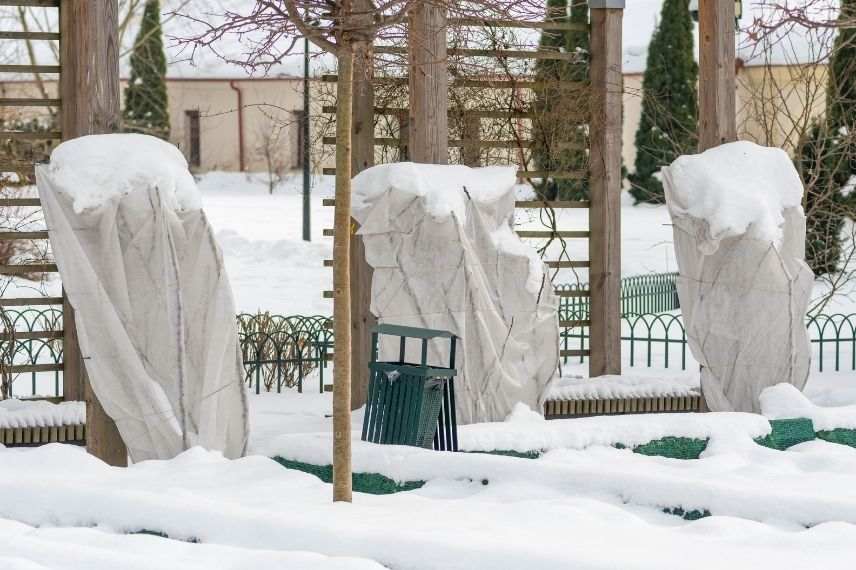
Climbing roses protected by winter fleece
Fertilisation
In summer, from mid-July, stop applying nitrogenous fertilisers that encourage the growth of young shoots. Indeed, these do not have time to harden (a process also known as lignification) before winter. These young shoots do not withstand winter cold. They freeze, dry out, and create wounds that become entry points for diseases.
⇒ Discover when and how to fertilise your roses: Fertiliser for roses.
Pruning
Pruning the rose also stimulates the production of new shoots. From the end of summer, do not remove faded flowers to avoid having young shoots that are sensitive to the cold.
Pruning roses in autumn is not recommended in regions with harsh winters, as it weakens the plant before a tough period. However, in regions with heavy snowfall in winter, you can reduce the length of the branches by a third of their length to prevent them from breaking under the weight of the snow. Carry out this very light pruning in November (on non-frosty days), only on roses over three years old. This pruning can also facilitate wrapping potted roses in winter fleece. It is at the end of winter when the last frosts have passed and before the resumption of vegetation (early April), that you can prune your repeat-flowering roses: remove dead wood, old branches, diseased branches, shoots in the centre of the plant, shorten the branches, and remove dead leaves. Non-repeat-flowering roses are pruned just after their flowering (in summer).
If you choose to plant your rose in spring (March), be aware that light pruning of the branches can help with the recovery and rooting of the plant.
To prevent the transmission of diseases from one plant to another, remember to disinfect your pruning shears before pruning the next plant. Additionally, for clean cuts, your pruning shears must be perfectly sharpened.
⇒ Discover our tips to learn everything about pruning roses.
- Subscribe!
- Contents

































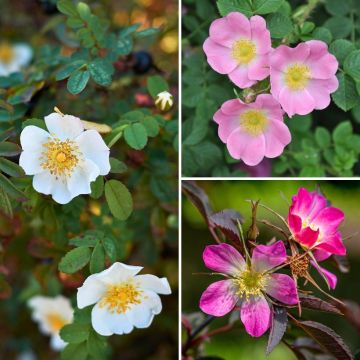



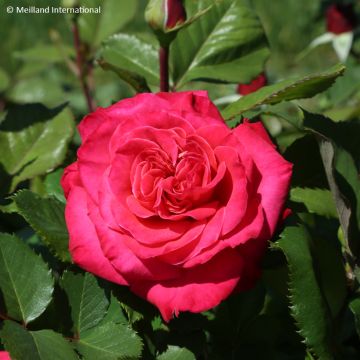
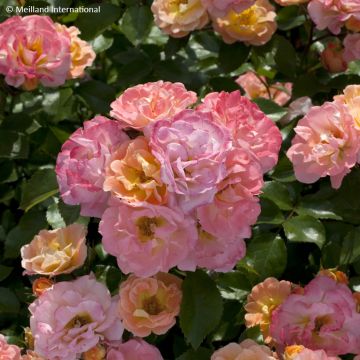
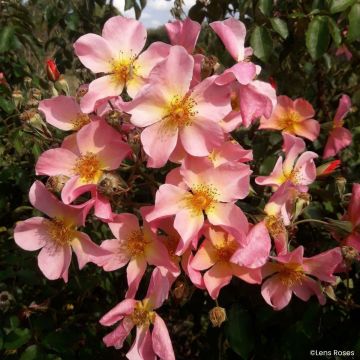
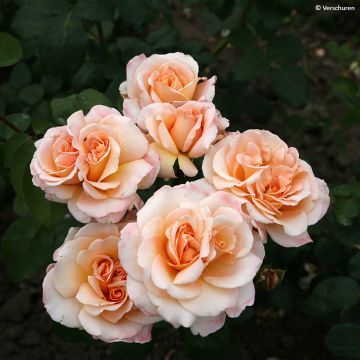

Comments